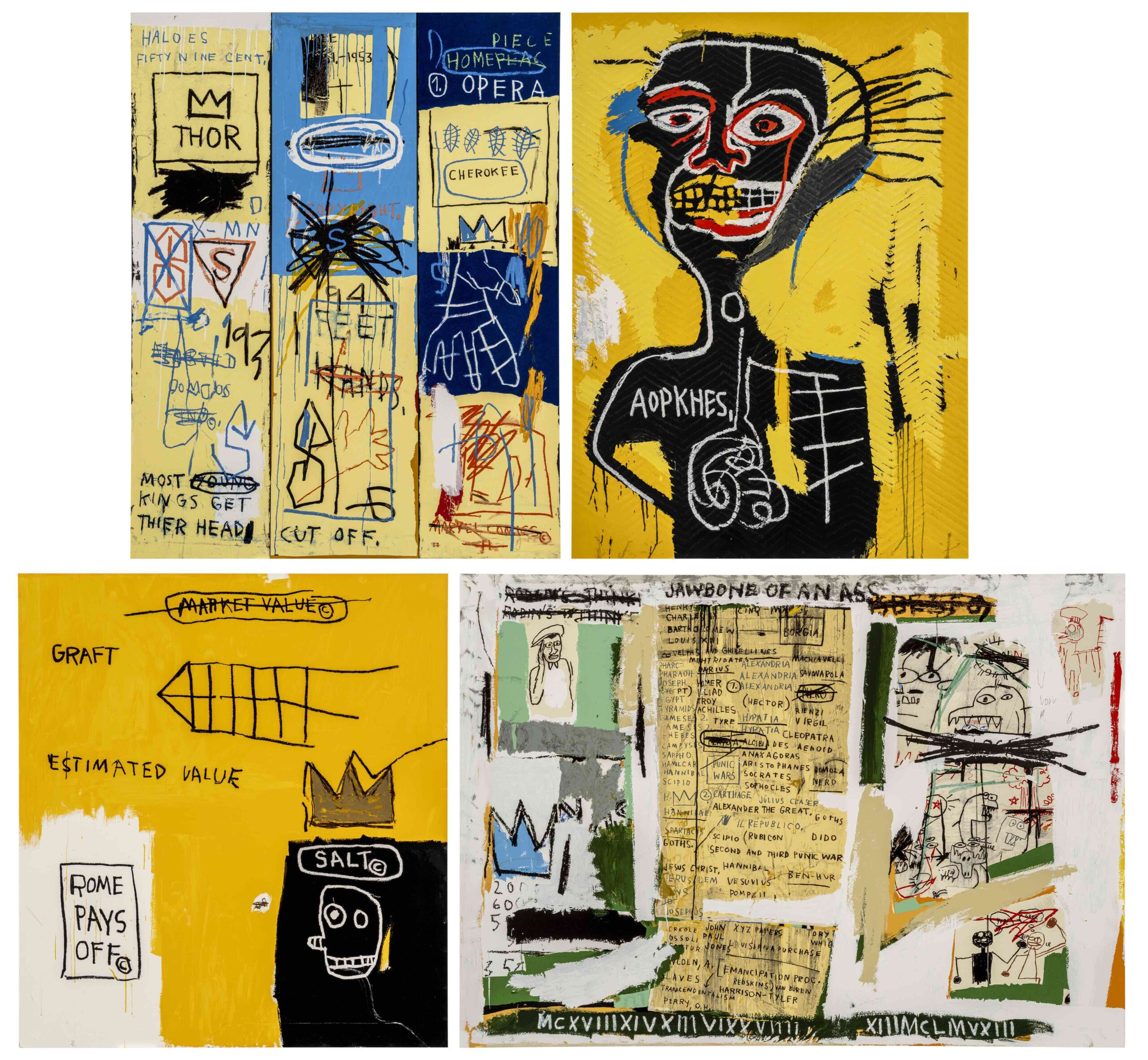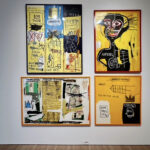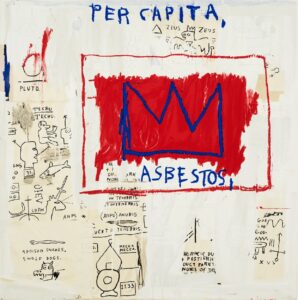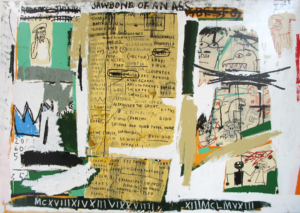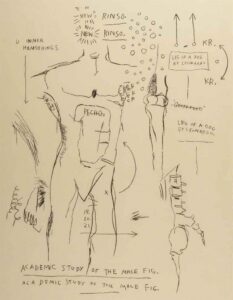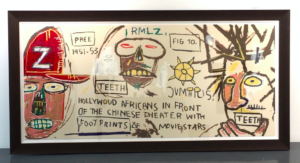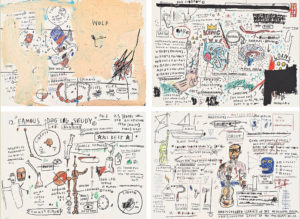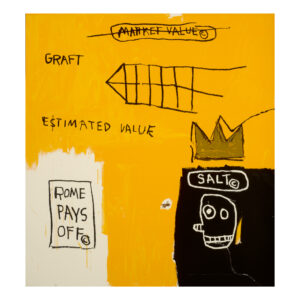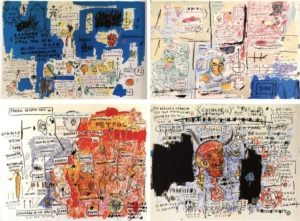Portfolio II (Cabeza, Charles the First, Jawbone of an Ass, Rome Pays off), 1982/2004
Each numbered (same number) from an edition of 85 with Gerard Basquiat's signature, the artist's estate stamps, and dated '10.19.04' within the estate ink stamp on the reverse. Published by David DeSanctis Contemporary Art, New York.
(i) Charles the First
61 x 48 inches (155 x 122 cm.)
(ii) Cabeza
54 5⁄8 x 39 ¾ inches (139 x 101 cm.)
(iii) Rome Pays Off
44 x 39 7⁄8 inches (112 x 101 cm.)
(iv) Jawbone of an Ass
42 ¾ x 60 1⁄8 inches (108 x 153 cm.)
To create a similar listing log in or sign up.
Log in/sign upAll works are inspected prior to delivery, work will be sent out tracked and insured at buyers cost. If you'd like to make specific arrangements or discuss collection then please contact us directly.
Accepted: Wire transfer
ART PLEASE Assurance Policy: Every ART PLEASE seller has been approved by ART PLEASE after a thorough review. All of our sellers are required to accept the following ART PLEASE policy: A buyer may return an item purchased through ART PLEASE, if the item received is not as described in its listing, or is found to be unauthentic.
Jean-Michel Basquiat, an influential figure in the Neo-expressionist movement, left an indelible mark on the art world with his graffiti-inspired paintings, tackling themes of race, identity, and urban struggles. Born in 1960, Basquiat's distinctive style, characterized by bold strokes and a raw emotional intensity, catapulted him to fame.
In 1982, Basquiat created a powerful portfolio titled "Portfolio II," featuring four standout artworks: "Cabeza," "Charles the First," "Jawbone of an Ass," and "Rome Pays off." In "Cabeza," Basquiat's exploration of the human skull delves into themes of mortality and the delicate nature of life. "Charles the First" hints at historical and political nuances, showcasing Basquiat's eclectic influences. "Jawbone of an Ass" likely draws from biblical references, mirroring Basquiat's deep interest in spirituality and African diasporic traditions. As for "Rome Pays off," it is a compelling piece that suggests complex reflections on power, wealth, and their repercussions. In these artworks, Basquiat boldly invites viewers to decipher a multilayered narrative, showcasing his profound insights into both personal and societal aspects of the human experience.


